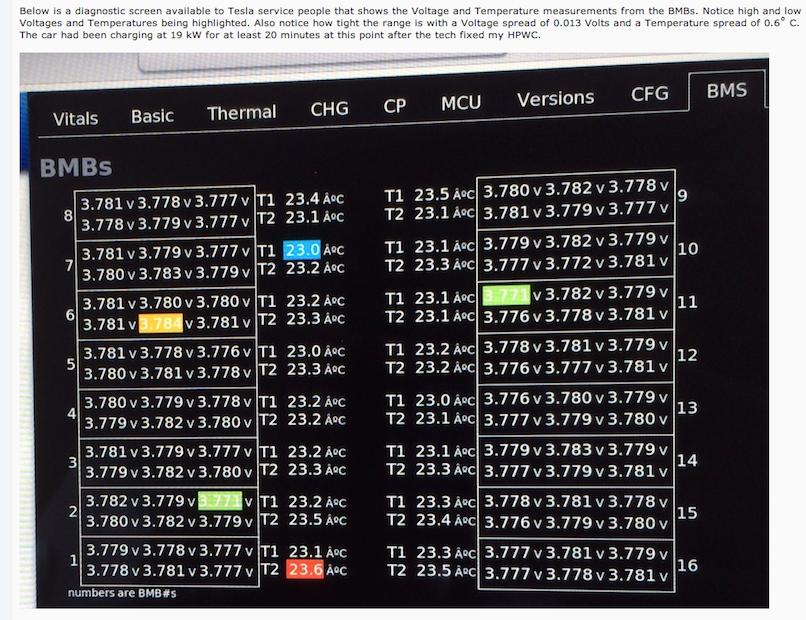I know! This would've been perfect.JoeS said:PV1, seems to me this is an extension of the extensive discussions we had prior to your getting your i-MiEV in the first place.
http://myimiev.com/forum/viewtopic.php?p=3435#p3435
While this could be used as a (marginal) range extender, it's better suited as a portable power source, since the i-MiEV can only deliver a max of 960 watts through the 12 volt system, this can supply 1,500 watts under the current spec. I was planning to take it to events and gatherings as both a power source for booths/music and a discussion post. A friend of mine built a much bigger solar trailer, dubbed the "Pop". It has 12 solar panels on it, 250 watt panels I think. His is purpose built for a mobile power plant.
https://www.dropbox.com/s/d6l7khs4bor2897/20140119_183854.jpg

